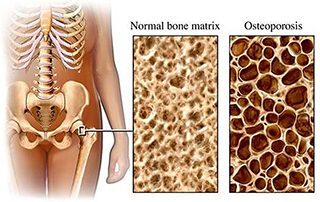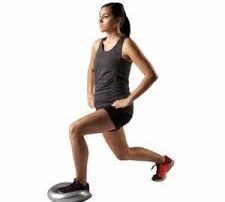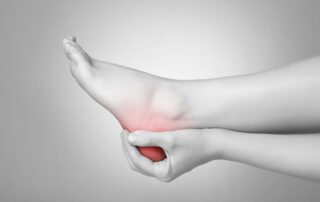
Basketball is the most popular youth sport in the US. A study by the National Athletic Trainers Association found that 22% of male basketball players have an injury that causes them to miss playing time each year. 42% of the time, that injury is to the ankle or foot, making this the most injured area.
Some other common injuries to basketball players include:
Lower Extremity
- Muscle strains such as a groin pull, quadriceps, hamstring, or calf strain
- Knee ligament injuries such as ACL, LCL, MCL tears or sprains
- Ankle sprains, including high ankle sprain
- Ankle fractures
- Overuse injuries such as patellar tendonitis, IT band pain, shin splints
Upper Extremity
- Falls, leading to fractures, dislocation, or sprains of the wrist, elbow, or shoulder
- Jammed fingers
Head
- Concussion as a result from a collision between head and the ground, usually from falling
Knowledge of the most common types of injuries gives us a place to start thinking about prevention. While not all injuries can be prevented, there are some things parents and players can do to reduce the risk of being injured.
- Have an annual physical completed by a physical therapist or other qualified professional. This should include baseline testing of strength, ROM, and a baseline concussion test
- Make sure you have an adequate base of strength and aerobic fitness. The annual physical mentioned above should identify areas needing to be addressed here. Your PT or other professionals can help design a training program to address your specific needs
- Improve your balance and proprioception – this can help reduce the risk of foot and ankle injuries so common in basketball. This can be accomplished with off-season strength and conditioning as well as participation in injury prevention programs to work on jumping and landing skills
- Avoid overuse injuries and burnout. Taking time off throughout the season and the year will let the body recover. Learn about the advantages and disadvantages of early sport specialization in young athletes as well.
- Hydrate adequately before and during practice and games.
- Wear properly fitted shoes.
- Be aware of the environment. Especially when playing basketball on outside courts – the court may not be smooth and even everywhere.
Keep Reading…
What is Tennis Elbow?
What is Tennis Elbow? Tennis Elbow, or Lateral Epicondylitis, [...]
What is Osteoporosis?
What is Osteoporosis? Osteoporosis is a condition that causes [...]
The Truth about The Core and Balance
Most people equate having good strength to "six pack abs." The truth is that while it might look good, the six pack is not the same as having a strong core.
4 Quick Tips for Avoiding Hand Injuries
We live in a technology driven word, giving our hands, wrists and fingers more of a workout than we realize. A physical therapist can help prevent these types of overuse injuries.
Pubic Pain During Pregnancy
Your pubic bone, or pubic symphysis, is found on the front side of your pelvis where the two sides connect. They connect to form a cartilage joint: the symphysis pubis. This joint is responsible for keeping the two bones of the pelvis together and stable during physical activity.
Plantar Fascittis
Pain experienced in the arch of the foot or underneath the heel is likely due to a strip of connective tissue known as the plantar fascia.






